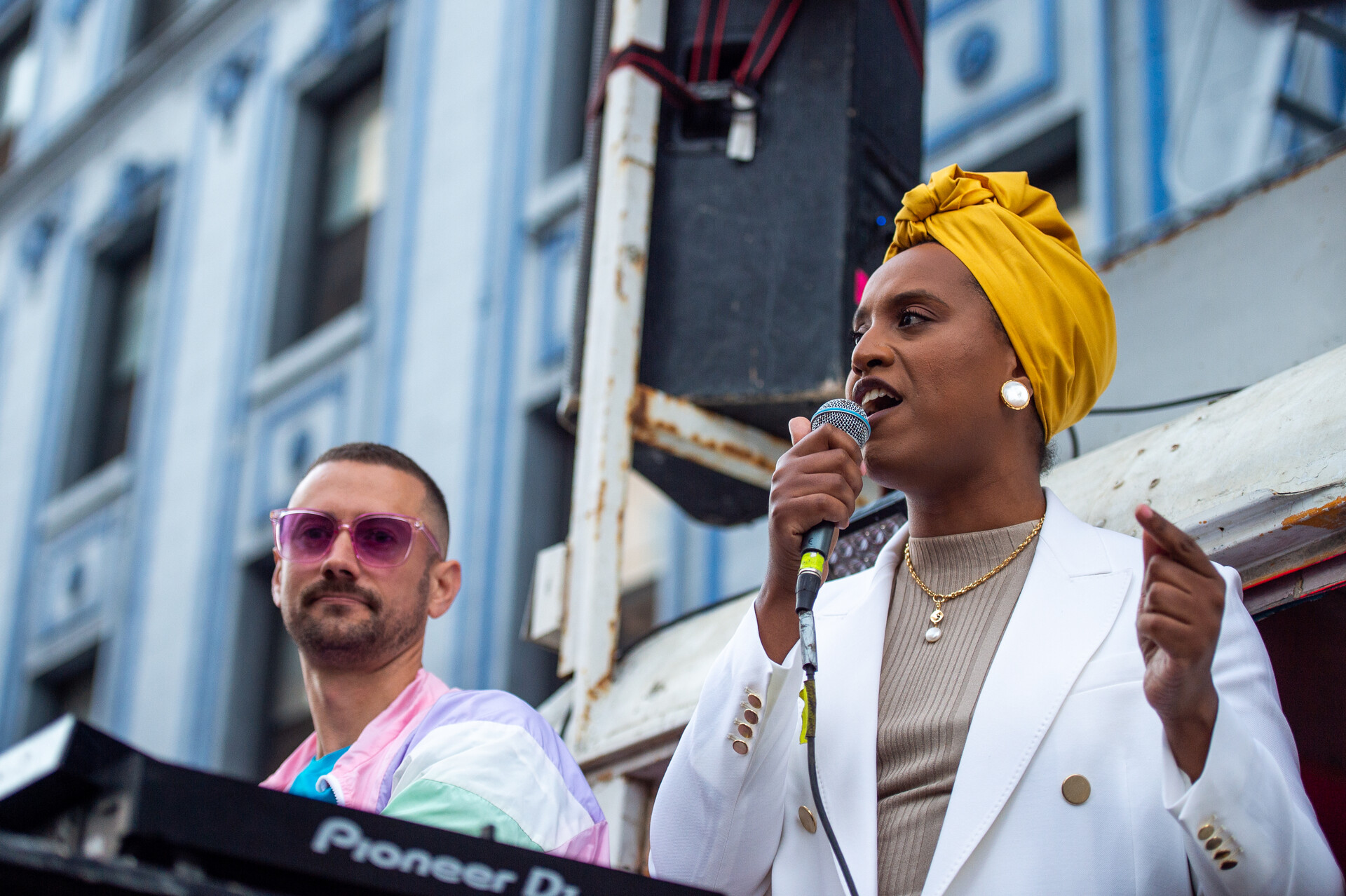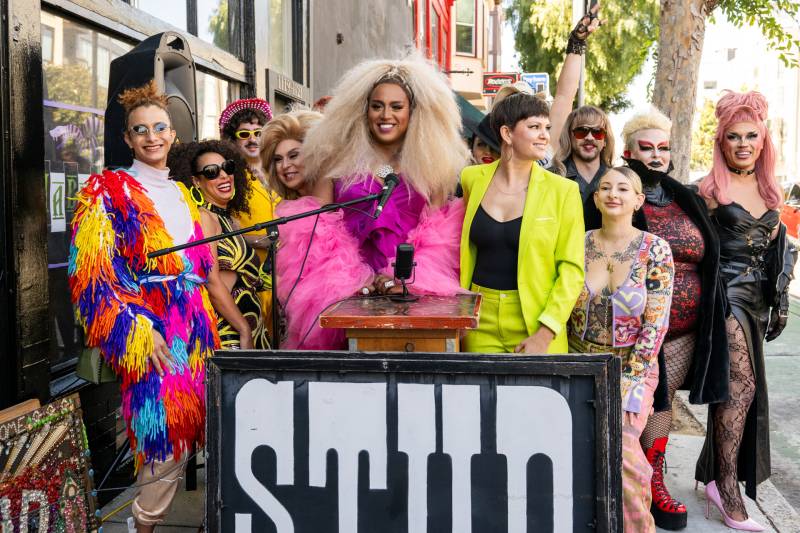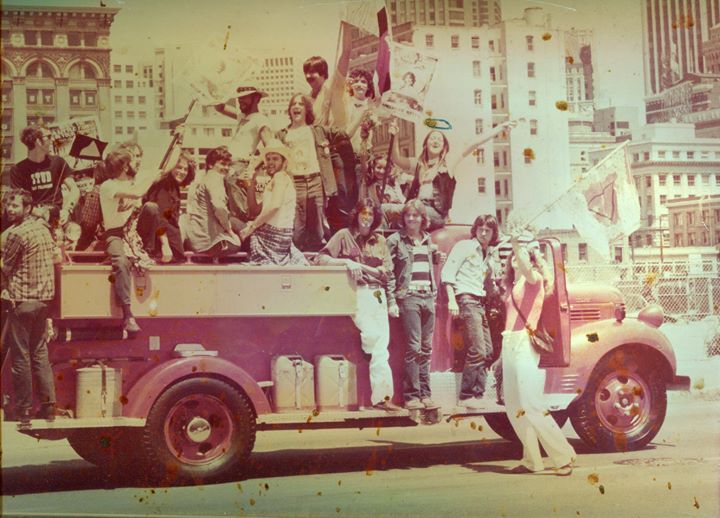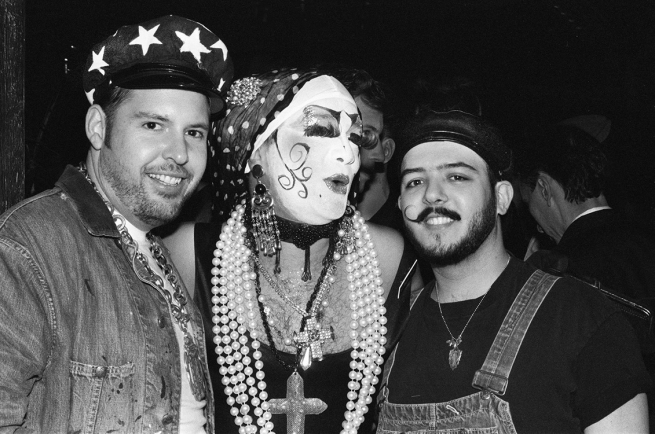When the Stud closed its doors at the onset of the pandemic in 2020, its worker-owner collective vowed to one day return. After all, the legendary LGBTQ+ bar had been around in various incarnations since 1966, nurturing the weird, alternative and experimental pockets of queer performance in San Francisco ever since.
The Stud’s official reopening at its new South of Market location (1123-1125 Folsom Street) finally arrives this Saturday, April 20, with a Stud Time Machine party celebrating its different eras. After a blessing from the Sisters of Perpetual Indulgence, festivities kick off at 6 p.m. with a 1960s cowboy-themed DJ set and performance. Each hour of the party will be dedicated to a different decade (“The Disco Era,” “The Club Kid Era”), culminating with a look into the future at midnight. Among the entertainers are original disco DJ Steve Fabus, who’s been spinning since the ’70s; drag diva (and fashion designer to the drag stars) Glamamore, performing an homage to the late Heklina’s beloved party T-Shack; and multi-hyphenate artist Honey Mahogany, a Stud co-owner deeply involved in San Francisco politics.
As the Stud gears up for its grand reopening, Mahogany spoke with KQED’s Adhiti Bandlamudi about what lies ahead in this new iteration of San Francisco’s oldest queer bar.

Adhiti Bandlamudi: The Stud has such a rich history, and the theme of tomorrow’s opening night party reflects that. Can you tell us more about that?
Honey Mahogany: The Stud first opened in 1966. It’s been the living room for so many people, not just in the neighborhood, but across the country. During the ’60s, it really started off as a leather bar, and then really became more of a Western bar. But it quickly evolved into a place where everyone felt welcome — whether it be women, queers, hair fairies or trans people. So many different groups and communities feel welcome at the Stud.




